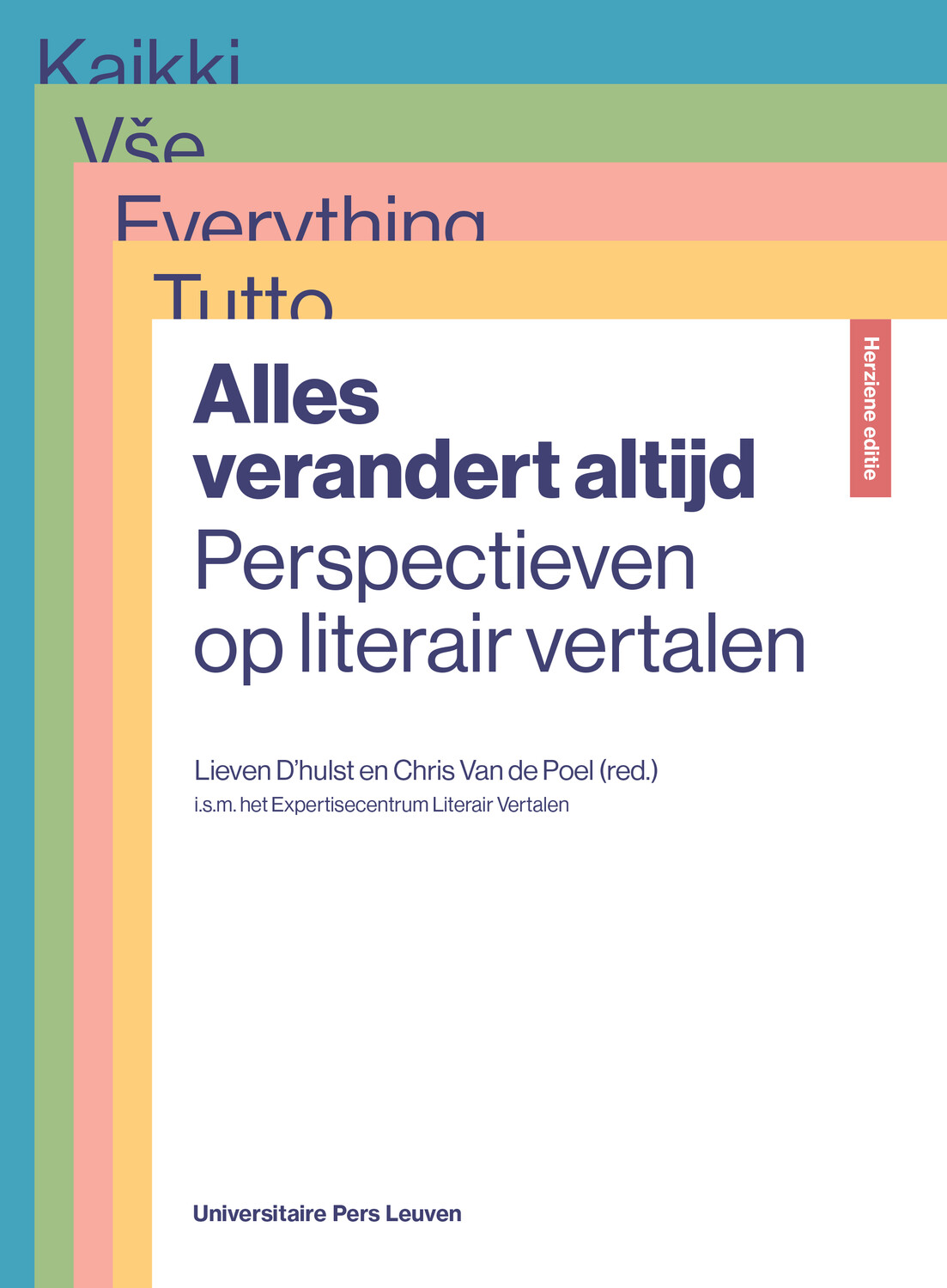
“Be careful with formulating large stories and generalisations about evolution in material culture and consumption culture. Each (urban) community has its own story to tell.”
Meticulously connecting objects, people and domestic spaces, At Home in Renaissance Bruges introduces the reader to the rich material world of Bruges citizens in the Renaissance, their sensory engagement, their religious practice, the daily activities of men and women, and other social factors. “I was often moved by the 'little stories', which suddenly turned my research population into people of flesh and blood”, says author Julie De Groot.
Briefly and concisely explain in plain language what the book is about.
The book questions how ‘ordinary’ people living and/or working in sixteenth-century Bruges turned their houses into comfortable homes.
What or who inspired you to choose this topic?
The book is based on my PhD-research that was part of the ‘Material Renaissance’ project at the University of Antwerp. Daily life in the past has always intrigued me: how did people live back then? What kind of objects did they surround themselves with and why?
How did the writing process for this book go? Did you experience anything surprising, amusing or strange?
During the research part of the book, I often felt a bit of a voyeur because I was literally looking inside people's households. I was often moved by the 'little stories', which suddenly turned my research population into people of flesh and blood.
Although there is much to be said about the Covid pandemic and the past lockdowns in Belgium, it was certainly a fruitful period for me in which I suddenly had the time and space to write this book.
What would you like readers to remember about your book?
Be careful about formulating grand narratives and generalisations about the evolution of material culture and consumption culture. Every (urban) community has its own story to tell. Furthermore, it is important to pay attention to the experienced reality, also in past societies, and to step into the world of the surveyed population as much as possible, even (or especially) as a researcher.
Your book is published open access thanks to the support of the KU Leuven Fund for Fair Open Access. How did the open access publication process go? What makes open access so attractive for you/your book? Have you thus far noticed that your book reaches a wider audience?
Open Access makes the book accessible to a larger readership and to students. Especially the latter group deserves a book that is more easily (and affordably) accessible and readable. Open Access also lowers the threshold for consulting the book.
At Home in Renaissance Bruges
Connecting Objects, People and Domestic Spaces in a Sixteenth-Century City
Julie De Groot
paperback, Open Access ebook










































